Home>Furniture & Design>Interior Design Trends>Where Did Glass Blowing Originate
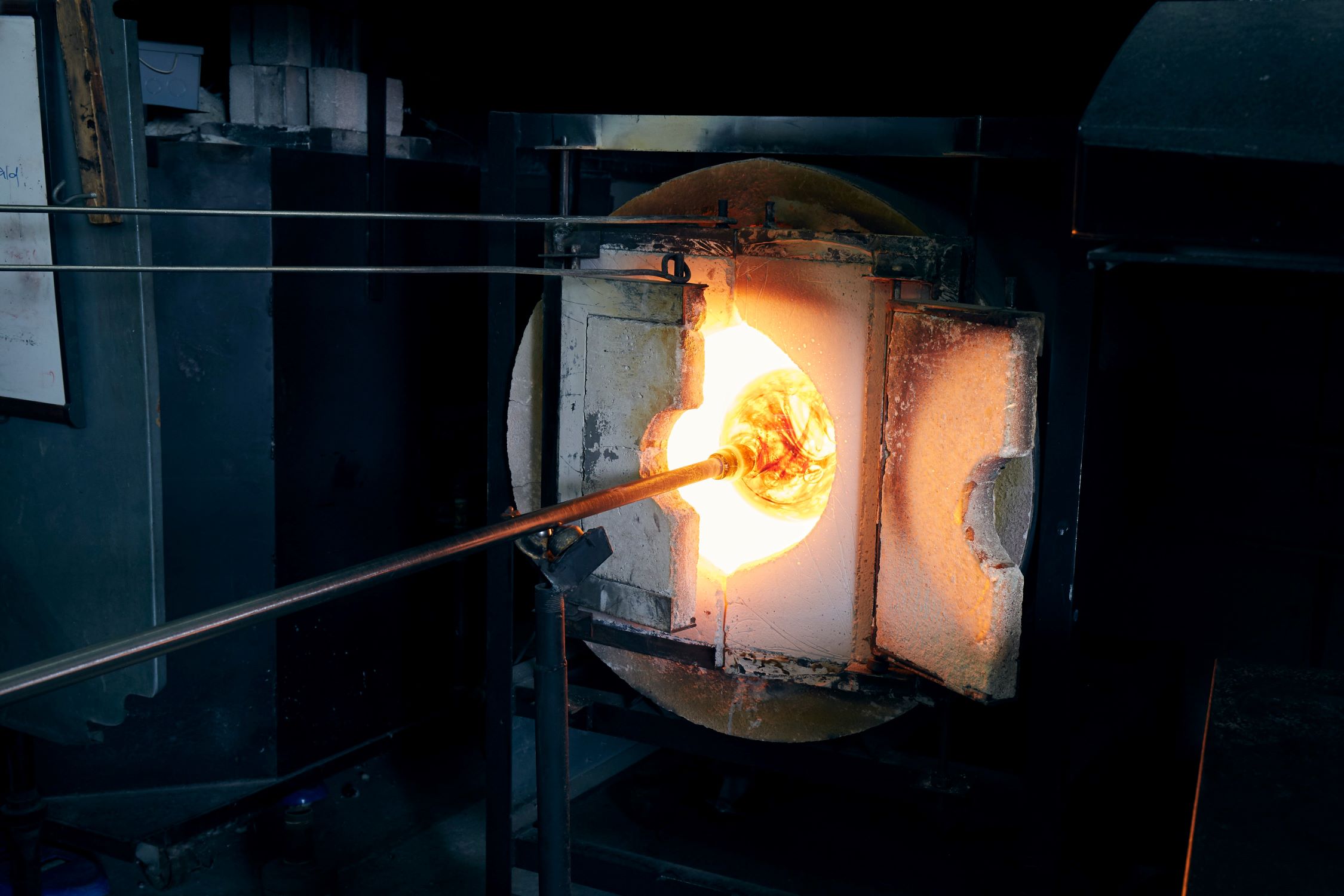

Interior Design Trends
Where Did Glass Blowing Originate
Published: February 7, 2024
Discover the origins of glass blowing and its impact on interior design trends. Explore the history and evolution of this ancient art form.
(Many of the links in this article redirect to a specific reviewed product. Your purchase of these products through affiliate links helps to generate commission for Storables.com, at no extra cost. Learn more)
Introduction
Glass blowing is an ancient art form that has captivated and inspired people for centuries. The delicate beauty and intricate designs created through this craft have adorned homes, temples, and palaces around the world. The origins of glass blowing can be traced back to the ancient civilizations of the Middle East, where skilled artisans first discovered the transformative potential of molten glass.
The art of glass blowing represents a harmonious blend of creativity, precision, and technical skill. It involves shaping molten glass into exquisite forms using a blowpipe, molds, and various hand tools. The process requires a deep understanding of the unique properties of glass, as well as a keen eye for detail and design.
Throughout history, glass blowing has evolved from a rudimentary craft into a sophisticated art form, with artisans continually pushing the boundaries of what is possible with this mesmerizing material. The techniques and styles developed by master glass blowers have left an indelible mark on the world of art and design, influencing everything from architecture to interior decor.
In this article, we will embark on a journey through the rich history and evolution of glass blowing, exploring its early origins, the development of innovative techniques, and its global spread. We will also delve into the modern practices and innovations that continue to shape the art of glass blowing today. Join us as we unravel the captivating story of this timeless craft and gain a deeper appreciation for the exquisite beauty it brings to our world.
Key Takeaways:
- Glass blowing originated in the ancient Middle East, where artisans used innovative techniques to shape molten glass into exquisite forms, leaving a timeless legacy that continues to inspire art and design.
- The art of glass blowing has evolved over millennia, spreading across the world and influencing diverse cultures. Modern glass blowing practices combine tradition with innovation, shaping the artistic landscape for generations to come.
Read more: Where Did Easter Baskets Originate
Early History of Glass Blowing
The early history of glass blowing is shrouded in the mists of time, with its origins dating back to the ancient civilizations of the Middle East. The exact time and place of its inception remain a subject of scholarly debate, but it is widely believed that the art of glass blowing emerged around the 1st century BCE in the region that is now modern-day Syria.
One of the most significant advancements in the history of glass blowing was the invention of the blowpipe, a revolutionary tool that allowed artisans to manipulate molten glass with unparalleled precision. This innovation transformed the craft, enabling the creation of intricate and delicate glass objects that were previously unattainable through other methods.
The earliest evidence of glass blowing can be found in the archaeological remains of ancient Roman and Phoenician civilizations, where exquisite glass vessels and ornaments attest to the skill and artistry of early glass blowers. These ancient artifacts serve as a testament to the enduring allure of glass blowing and its enduring legacy throughout the annals of human history.
The development of glass blowing marked a pivotal moment in the evolution of glassmaking, as it opened up a world of creative possibilities and expanded the range of glass objects that could be produced. From ornate vessels and decorative beads to intricate figurines and elaborate jewelry, the art of glass blowing flourished, captivating the imaginations of people across the ancient world.
As the techniques of glass blowing continued to evolve, artisans honed their skills and experimented with new forms and designs, pushing the boundaries of what could be achieved with this mesmerizing material. The art form spread across the Mediterranean and beyond, influencing the cultures and traditions of diverse civilizations and leaving an indelible mark on the artistic heritage of humanity.
The early history of glass blowing stands as a testament to the ingenuity and creativity of ancient artisans, whose pioneering spirit laid the foundation for a timeless craft that continues to inspire and enchant us to this day. The legacy of these early glass blowers lives on in the exquisite works of art they created, serving as a testament to the enduring power and beauty of this extraordinary art form.
Development of Glass Blowing Techniques
The development of glass blowing techniques represents a remarkable journey of innovation and mastery that has unfolded over millennia. From its humble beginnings in the ancient world to the present day, glass blowing has continually evolved, giving rise to a diverse array of methods and styles that showcase the boundless creativity and technical prowess of artisans.
One of the most significant advancements in the development of glass blowing techniques was the refinement of the blowpipe, a fundamental tool that revolutionized the way molten glass could be manipulated. This simple yet ingenious instrument allowed artisans to gather molten glass from the furnace and shape it with precision, giving rise to a new level of intricacy and detail in glasswork.
As the art of glass blowing continued to flourish, artisans honed their skills and developed innovative techniques to achieve increasingly complex forms and designs. One such technique, known as "murrine," involves creating intricate patterns and images within glass objects by layering and fusing colored glass rods together. This meticulous process requires a high degree of precision and artistry, resulting in stunning, multilayered compositions that captivate the eye.
Another notable development in glass blowing techniques is the advent of "glass fusing," a method that involves melting and bonding separate pieces of glass together to create seamless, sculptural forms. This technique allows artisans to explore new dimensions of creativity, producing captivating works that blur the boundaries between art and craftsmanship.
In addition to these traditional techniques, modern advancements in glass blowing technology have expanded the possibilities for artistic expression. Innovations such as the use of specialized molds, advanced heating methods, and cutting-edge tools have empowered artisans to push the boundaries of what can be achieved with molten glass, leading to the creation of breathtaking, avant-garde pieces that defy convention.
The development of glass blowing techniques has not only enriched the artistic landscape but has also influenced the realms of architecture and interior design. From the grandeur of stained glass windows to the sleek elegance of contemporary glass sculptures, the impact of these techniques can be seen in the myriad ways glass enriches our built environment, infusing spaces with beauty and luminosity.
As we marvel at the exquisite creations born from these techniques, we are reminded of the enduring legacy of innovation and artistry that defines the world of glass blowing. The evolution of these techniques stands as a testament to the boundless creativity and ingenuity of artisans, whose dedication and vision continue to shape the captivating art form of glass blowing.
Glass blowing originated in the Middle East around the 1st century BCE. It was first practiced in the region of Syria, and later spread to the Roman Empire.
Spread of Glass Blowing Around the World
The art of glass blowing, born in the ancient civilizations of the Middle East, embarked on a remarkable journey of dissemination, captivating and influencing cultures across the globe. As the techniques and mastery of glass blowing flourished, the craft transcended geographical boundaries, leaving an indelible mark on diverse civilizations and shaping the artistic heritage of humanity.
The spread of glass blowing can be traced to the ancient Roman Empire, where the art form experienced a golden age of innovation and creativity. Roman artisans, renowned for their technical prowess and artistic vision, elevated glass blowing to new heights, producing an astonishing array of glassware that adorned the homes of the elite and the sanctuaries of the gods. The exquisite glass vessels, ornate lamps, and intricate figurines crafted by Roman glass blowers reflected the opulence and sophistication of the empire, showcasing the unparalleled beauty and versatility of this mesmerizing material.
From the Mediterranean, the art of glass blowing journeyed eastward, reaching the shores of the Byzantine Empire and beyond. The Byzantines, celebrated for their opulent mosaics and sumptuous decorative arts, embraced glass blowing with fervor, incorporating it into their architectural designs and religious iconography. The shimmering brilliance of Byzantine glasswork, characterized by its vibrant colors and intricate patterns, became a hallmark of the empire's artistic identity, captivating the imagination of all who beheld it.
As trade routes expanded and civilizations intermingled, the art of glass blowing traversed continents, reaching the shores of Asia, Africa, and beyond. In the Islamic world, skilled artisans honed the craft to perfection, creating breathtaking glassware adorned with intricate calligraphy and geometric motifs that reflected the rich cultural tapestry of the region. The delicate beauty of Islamic glasswork, characterized by its harmonious blend of form and ornamentation, left an enduring legacy that continues to inspire artists and designers to this day.
In the Far East, the art of glass blowing found fertile ground for innovation and experimentation. Chinese artisans, renowned for their mastery of ceramics and porcelain, embraced glass blowing, infusing it with their distinctive aesthetic sensibilities. The result was a fusion of artistic traditions, giving rise to exquisite glassware adorned with delicate motifs and vibrant hues that captivated the senses and reflected the timeless elegance of Chinese craftsmanship.
The spread of glass blowing around the world stands as a testament to the enduring allure and universal appeal of this extraordinary art form. From the grandeur of ancient empires to the cultural crossroads of the medieval world, the art of glass blowing has transcended time and space, leaving an indelible legacy that continues to enrich and inspire the artistic landscape of humanity.
Modern Glass Blowing Practices
Modern glass blowing practices represent a fusion of tradition and innovation, where artisans draw upon centuries-old techniques while embracing cutting-edge technology and contemporary artistic sensibilities. In today's dynamic artistic landscape, glass blowers continue to push the boundaries of what is possible with this mesmerizing material, creating breathtaking works that captivate the imagination and redefine the art form.
One of the defining characteristics of modern glass blowing practices is the emphasis on artistic experimentation and creative expression. Contemporary glass artists, inspired by a spirit of exploration and discovery, continually seek new ways to manipulate and shape molten glass, resulting in a diverse array of avant-garde forms and designs. From abstract sculptures that defy conventional notions of form to intricate installations that engage with light and space, modern glass blowing practices reflect a spirit of boundless creativity and innovation.
Furthermore, the integration of technology has revolutionized the world of glass blowing, offering artisans a wealth of tools and resources to expand their artistic horizons. Advanced heating techniques, precision molds, and specialized equipment have empowered glass blowers to realize intricate and complex designs that were once unimaginable. This marriage of traditional craftsmanship with modern technology has opened up a world of possibilities, enabling artists to explore new realms of creativity and produce works that resonate with contemporary audiences.
In addition, the global interconnectedness of the modern world has facilitated the exchange of ideas and techniques among glass blowers from diverse cultural backgrounds. Collaborative projects and international residencies have enriched the artistic dialogue, leading to the cross-pollination of styles and approaches. This cross-cultural exchange has infused modern glass blowing practices with a rich tapestry of influences, resulting in a vibrant and dynamic artistic landscape that reflects the diversity of human experience.
As we look to the future, the evolution of modern glass blowing practices continues to unfold, driven by the passion and vision of contemporary artisans. With a deep reverence for tradition and an unwavering commitment to innovation, glass blowers are poised to shape the artistic landscape for generations to come, creating works that transcend time and inspire wonder.
The modern glass blowing practices stand as a testament to the enduring legacy of this extraordinary art form, showcasing the transformative power of human creativity and the timeless allure of molten glass.
Read more: Where Did Hot Pot Originate From
Conclusion
In conclusion, the art of glass blowing stands as a testament to the enduring legacy of human creativity and ingenuity. From its ancient origins in the Middle East to its global spread and modern-day practices, glass blowing has captivated and inspired people across cultures and generations. The evolution of this extraordinary art form reflects the boundless potential of molten glass as a medium for artistic expression, as well as the unwavering dedication of artisans to push the boundaries of what is possible.
Throughout history, glass blowing has transcended its utilitarian origins to become a symbol of beauty, craftsmanship, and cultural exchange. The early history of glass blowing, with its pioneering techniques and innovative tools, laid the foundation for a tradition that continues to thrive today. The development of glass blowing techniques, from the refinement of the blowpipe to the advent of modern technology, has expanded the artistic possibilities and enriched the visual landscape with a diverse array of forms and designs.
The spread of glass blowing around the world has left an indelible mark on the artistic heritage of humanity, influencing the aesthetics and traditions of diverse civilizations. From the opulent glassware of the Roman Empire to the delicate beauty of Islamic glasswork and the fusion of artistic traditions in the Far East, the art of glass blowing has transcended time and space, leaving a legacy that continues to inspire and enrich the world of art and design.
In the modern era, glass blowing practices continue to evolve, driven by a spirit of innovation, experimentation, and cross-cultural exchange. Contemporary glass artists, armed with a deep reverence for tradition and a commitment to pushing the boundaries of creativity, are reshaping the artistic landscape with avant-garde forms and designs that captivate the imagination and redefine the possibilities of glass as a medium.
As we look to the future, the art of glass blowing remains a vibrant and dynamic force in the world of art and design, poised to inspire wonder and awe for generations to come. The enduring allure of this extraordinary art form serves as a testament to the transformative power of human creativity and the timeless beauty of molten glass.
Frequently Asked Questions about Where Did Glass Blowing Originate
Was this page helpful?
At Storables.com, we guarantee accurate and reliable information. Our content, validated by Expert Board Contributors, is crafted following stringent Editorial Policies. We're committed to providing you with well-researched, expert-backed insights for all your informational needs.
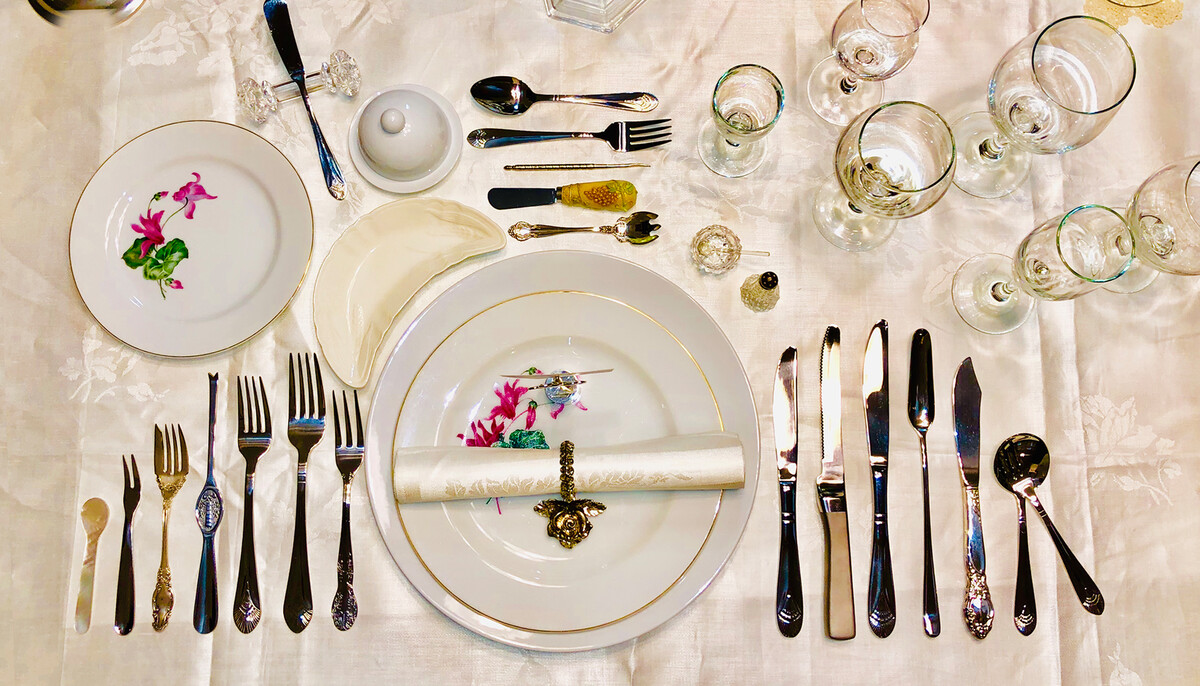

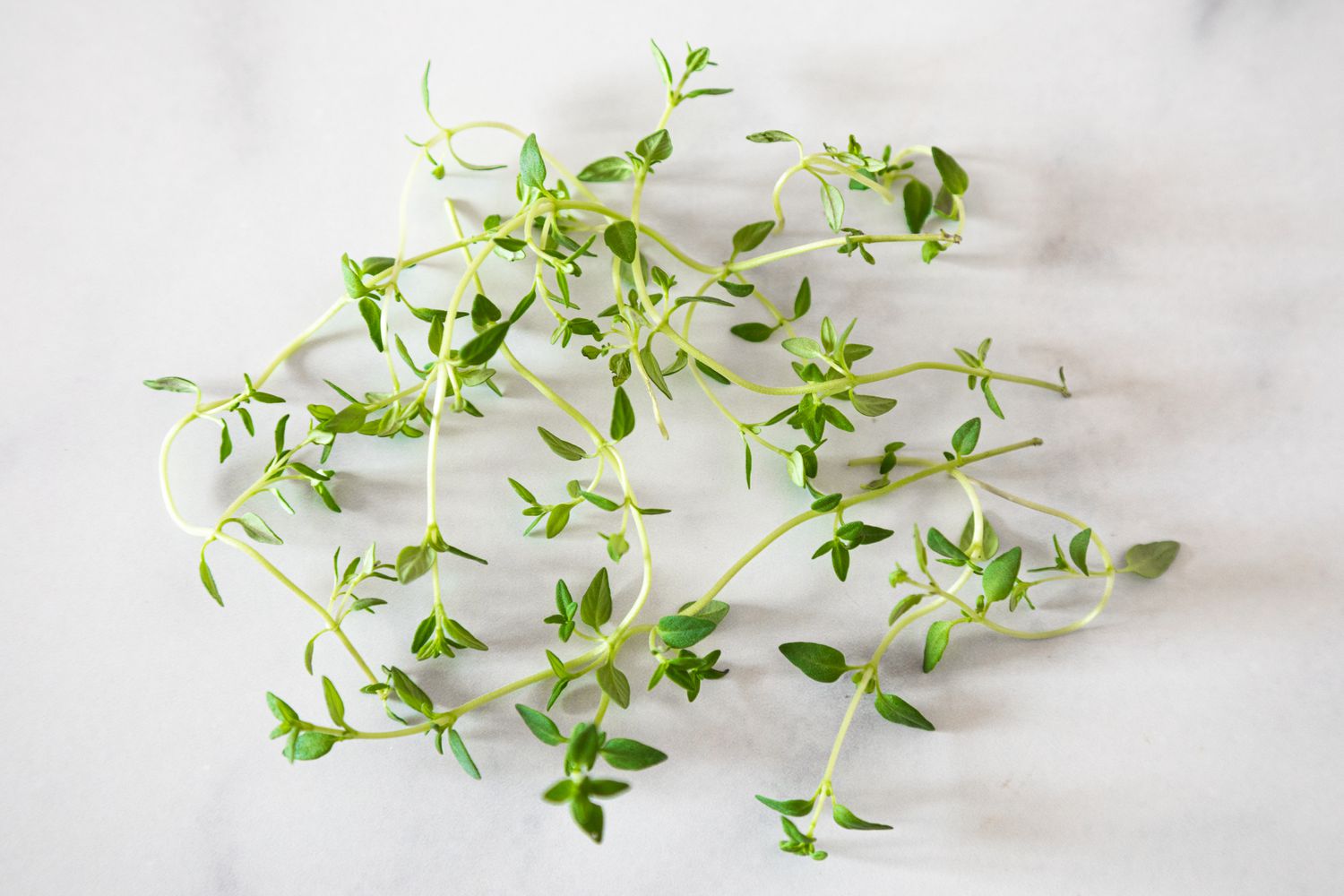
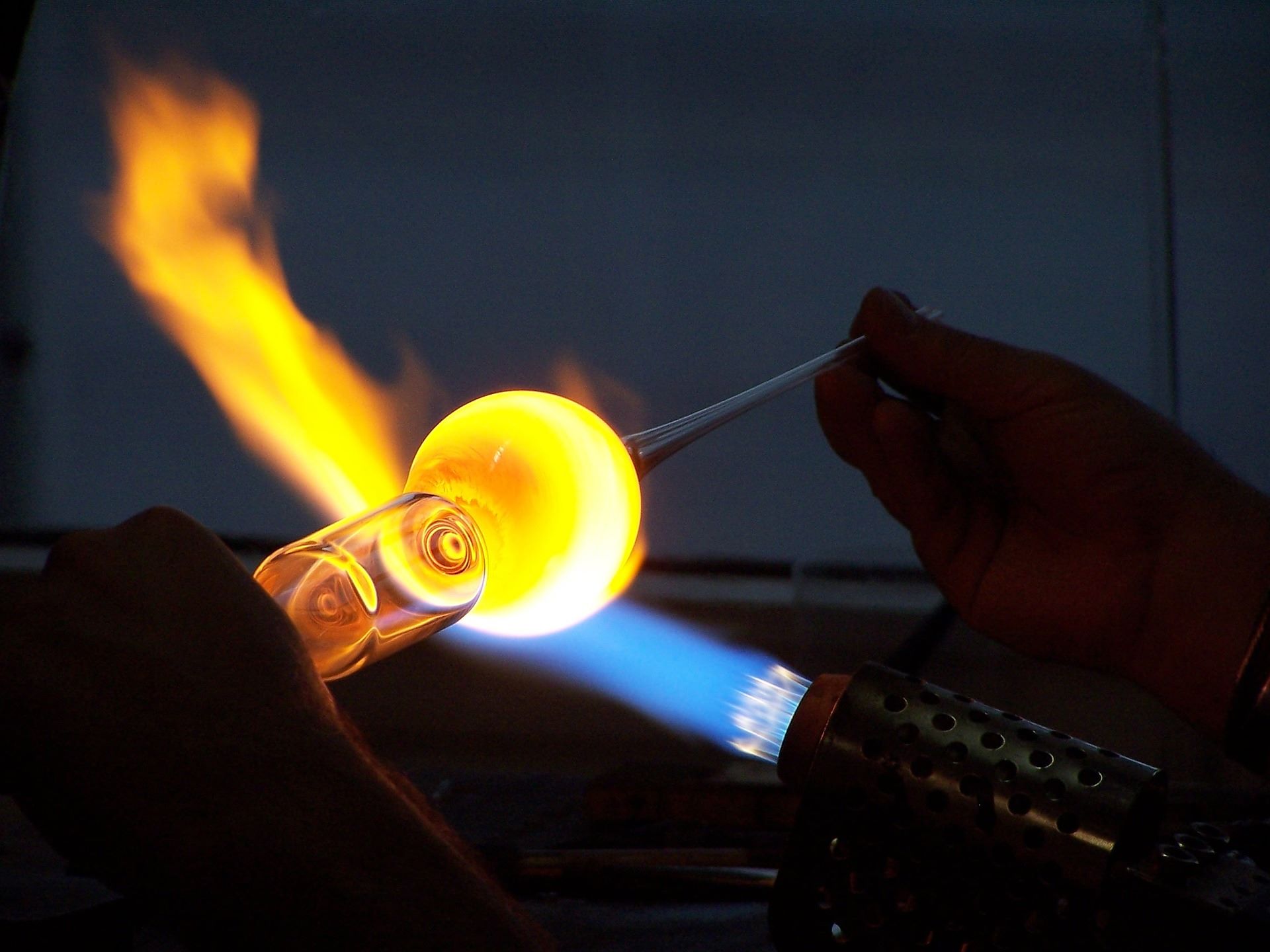
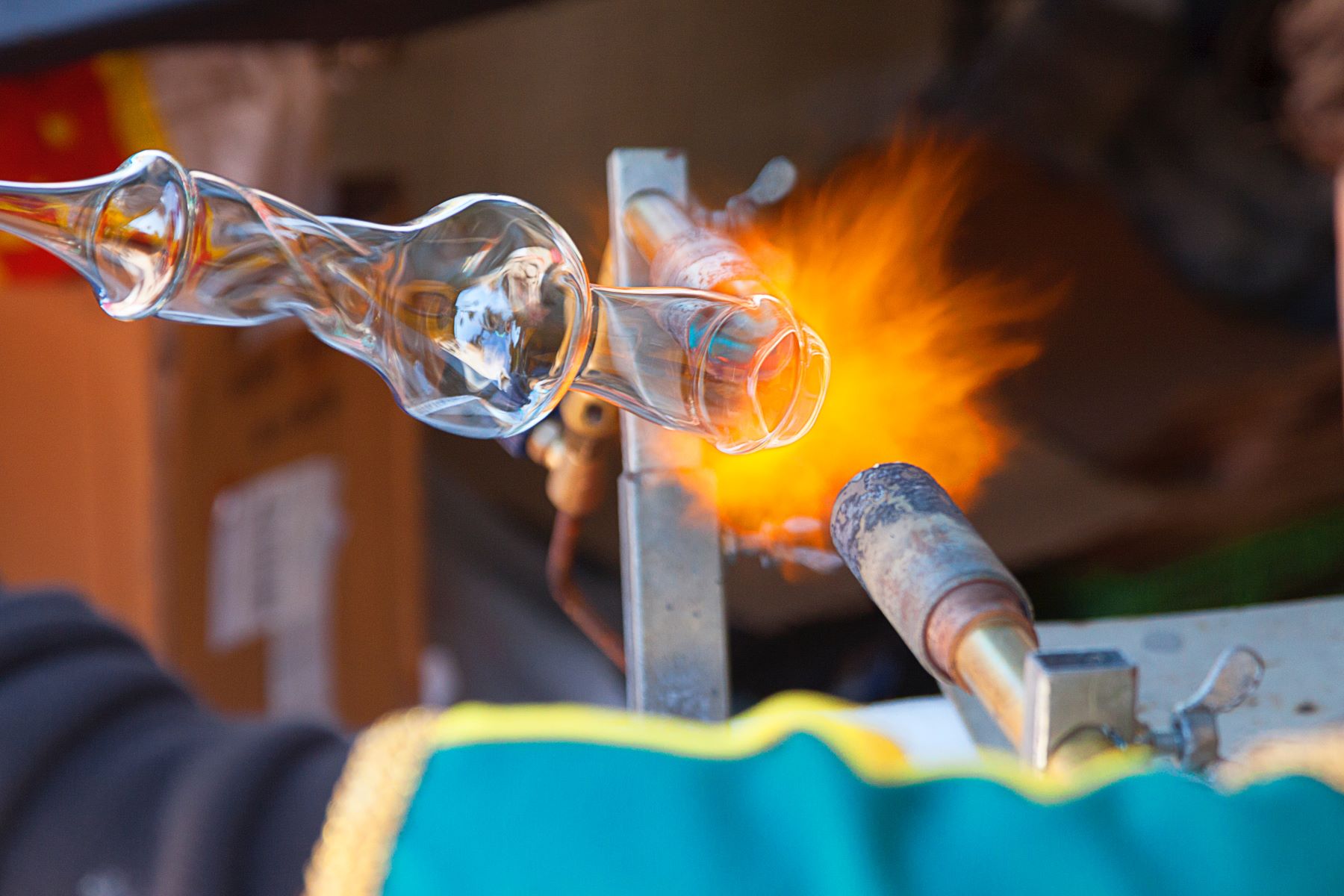
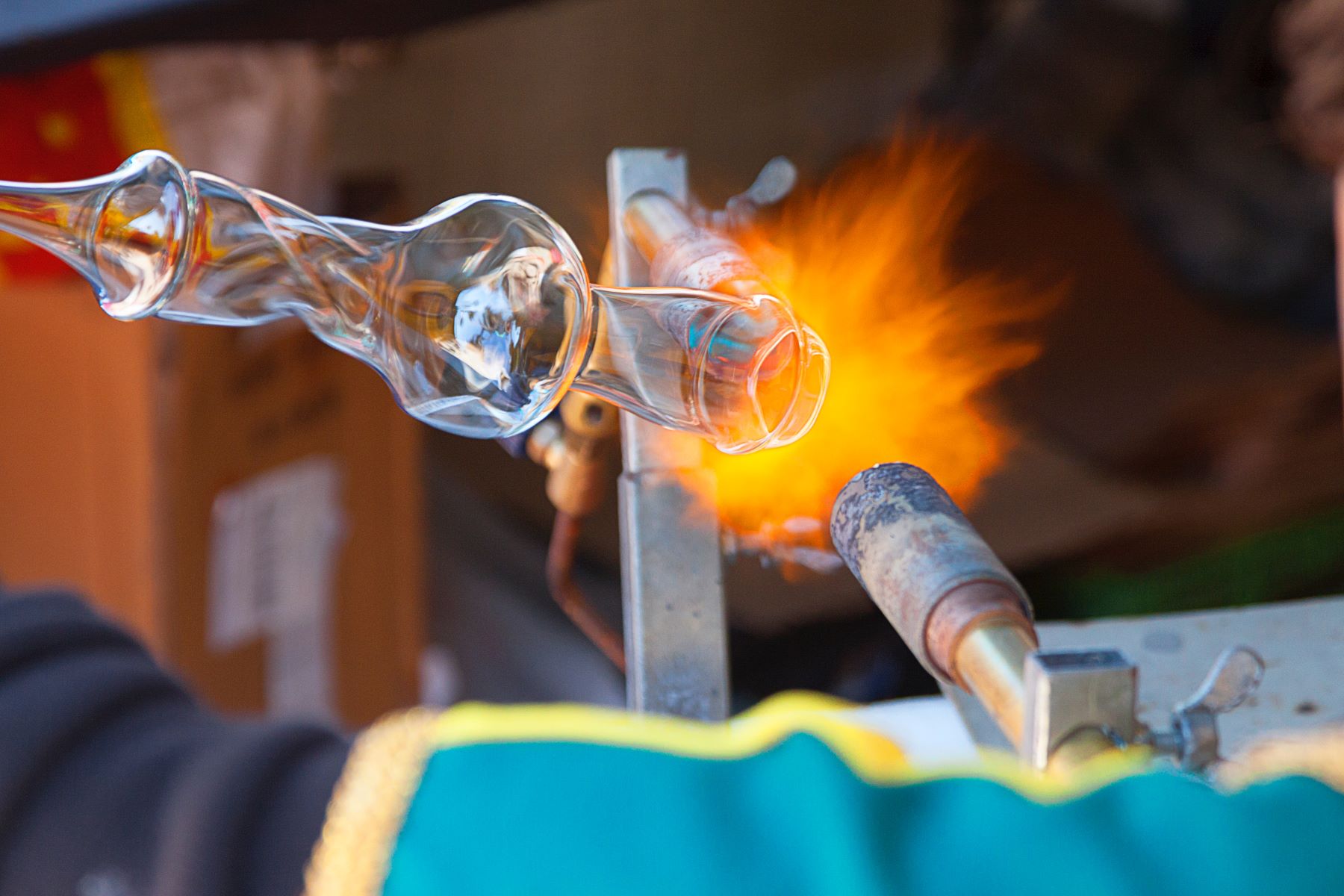
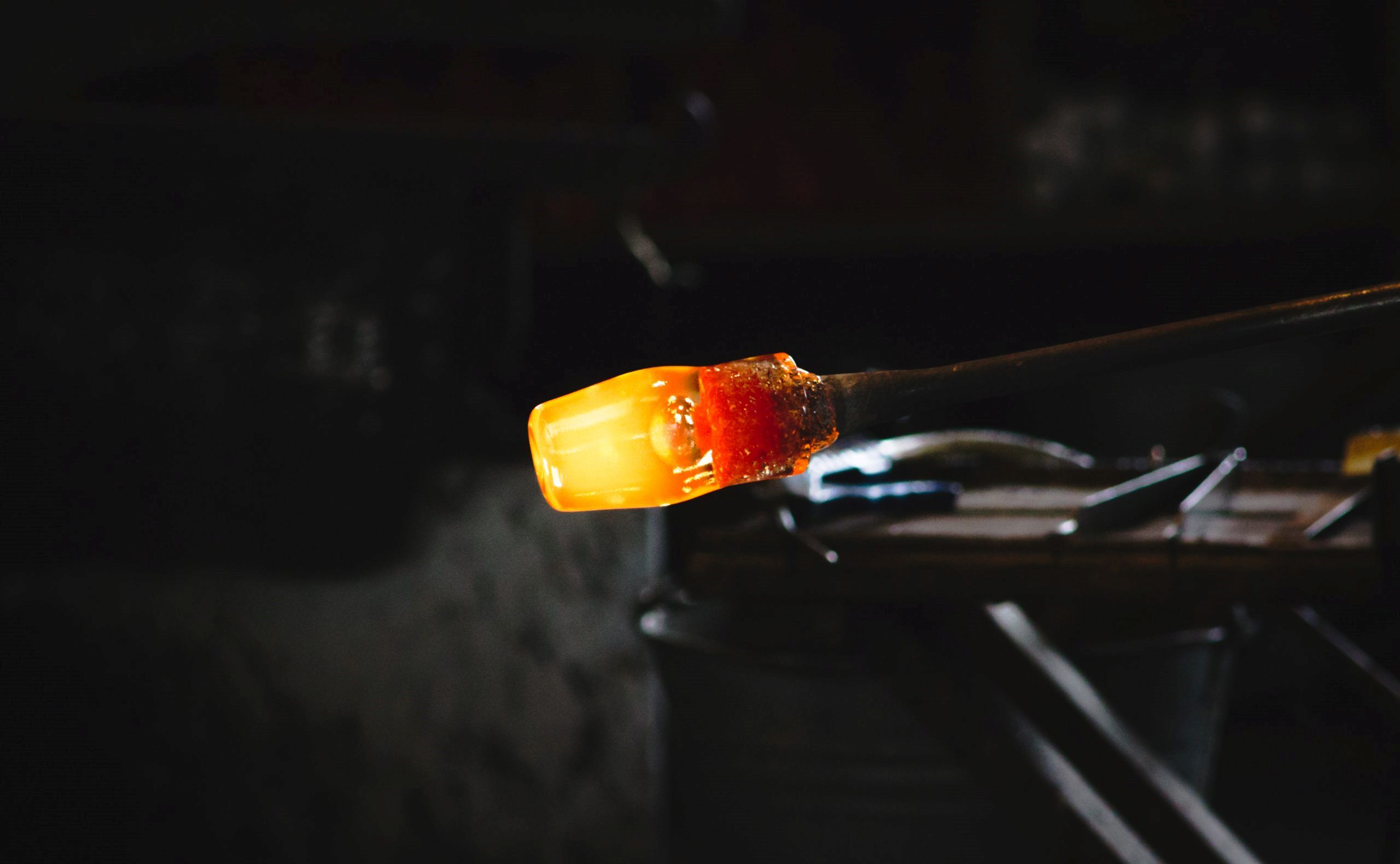
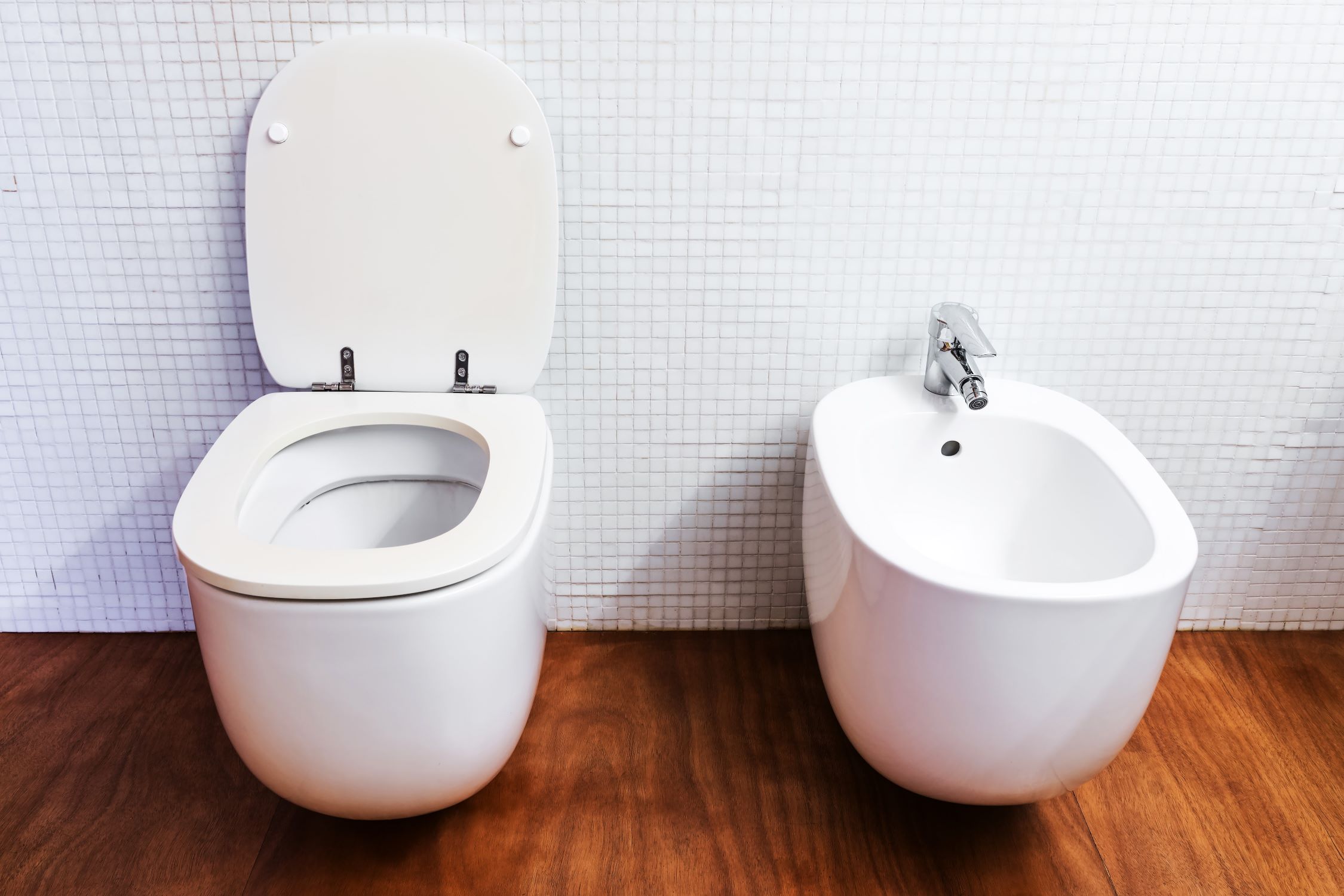
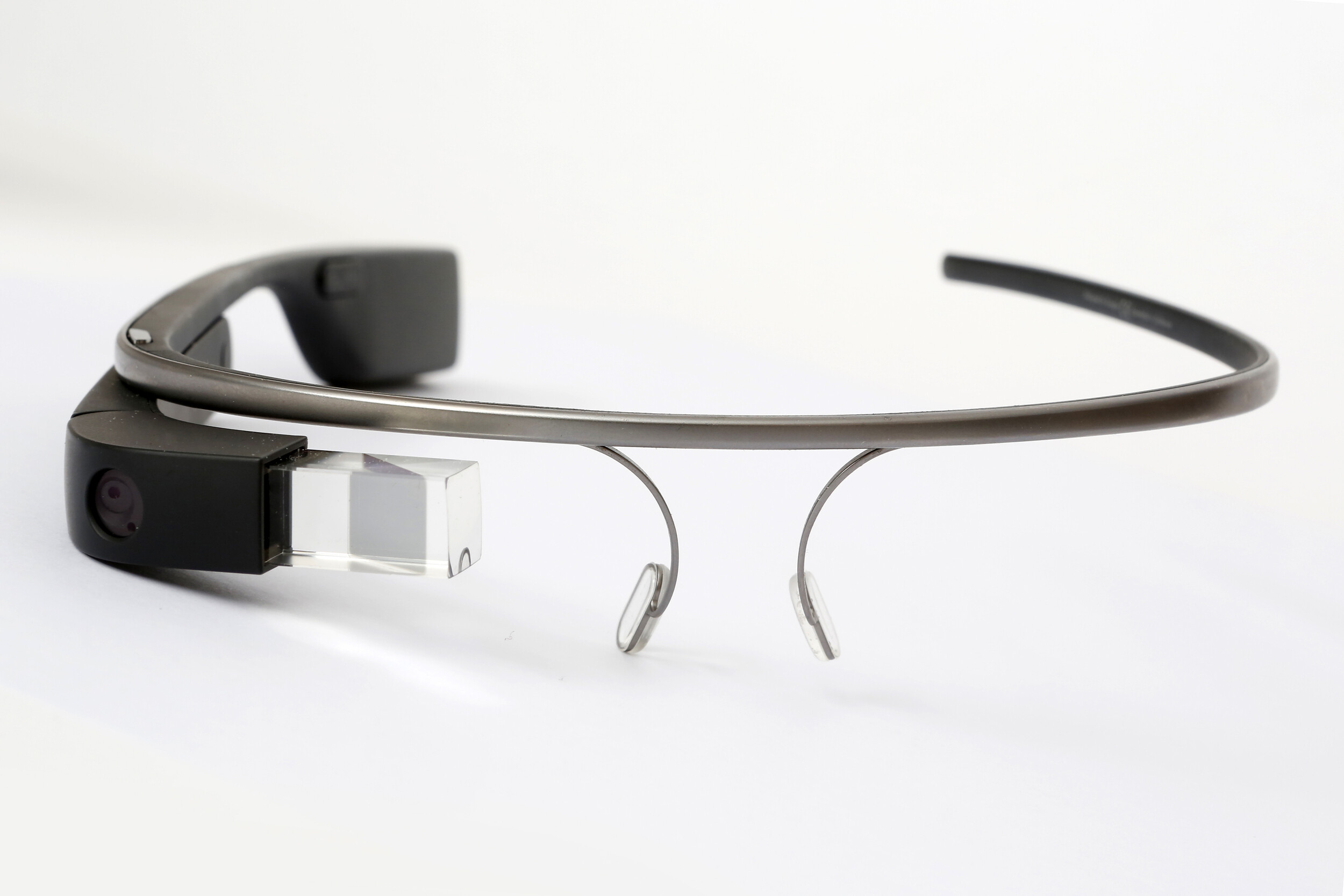

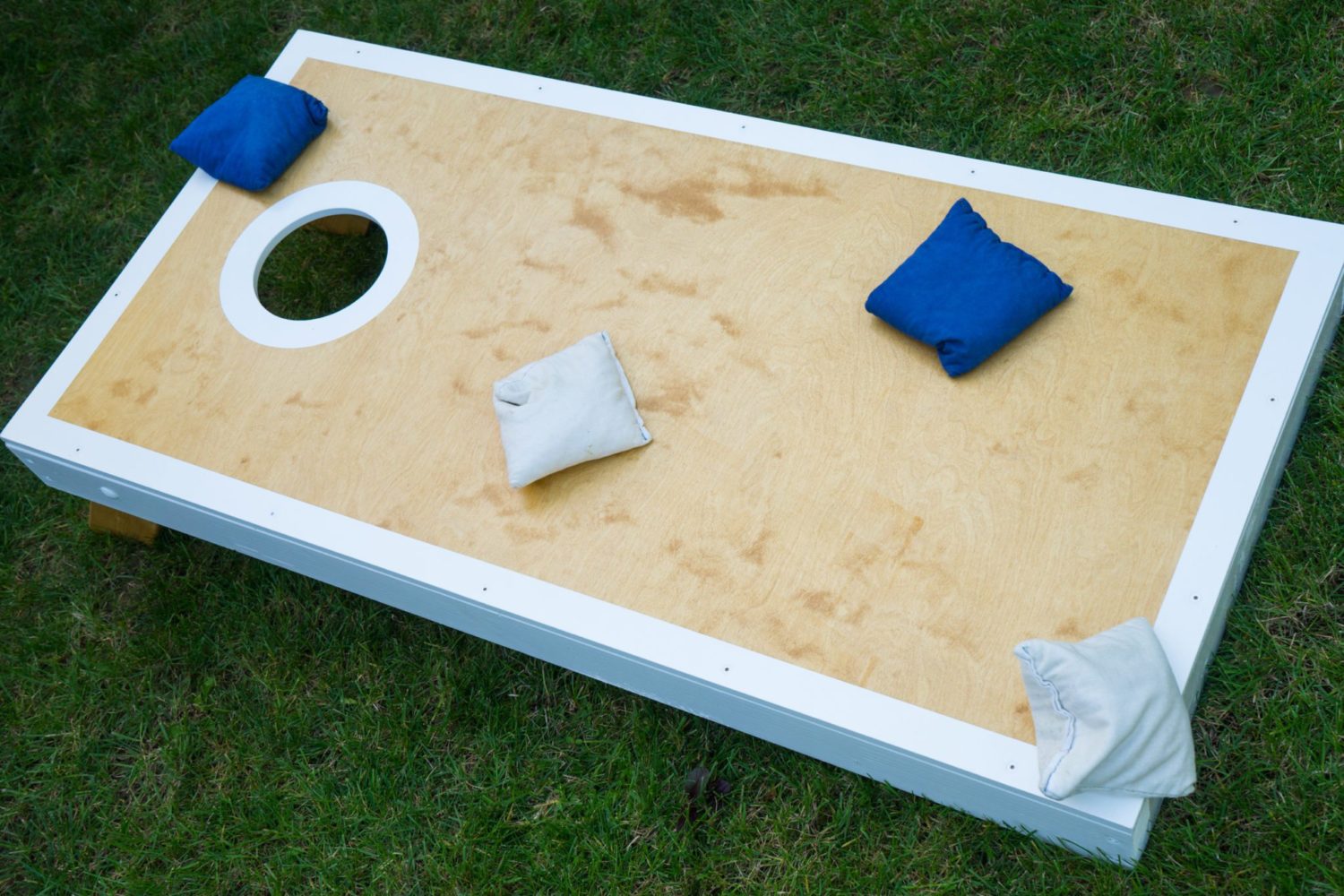
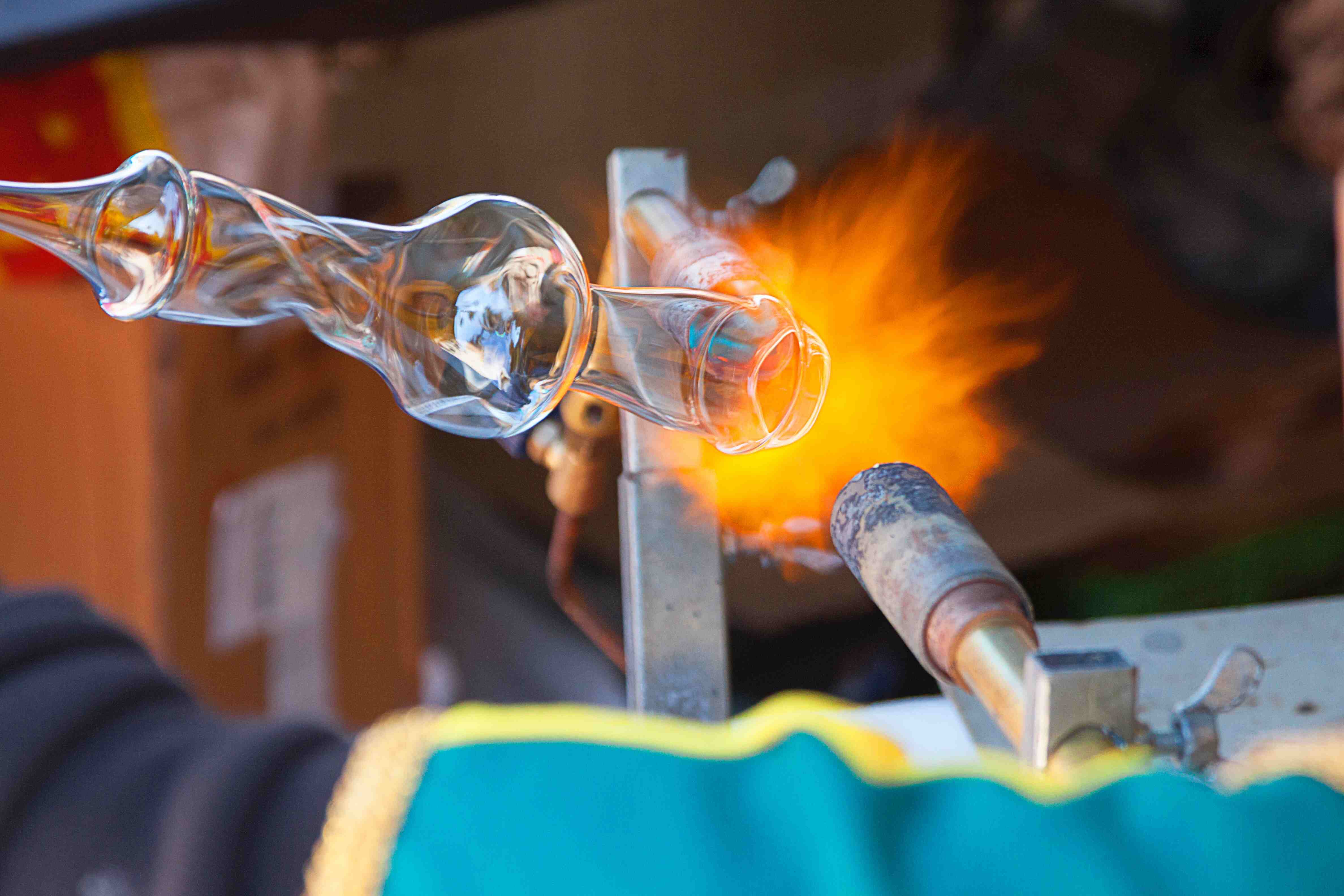
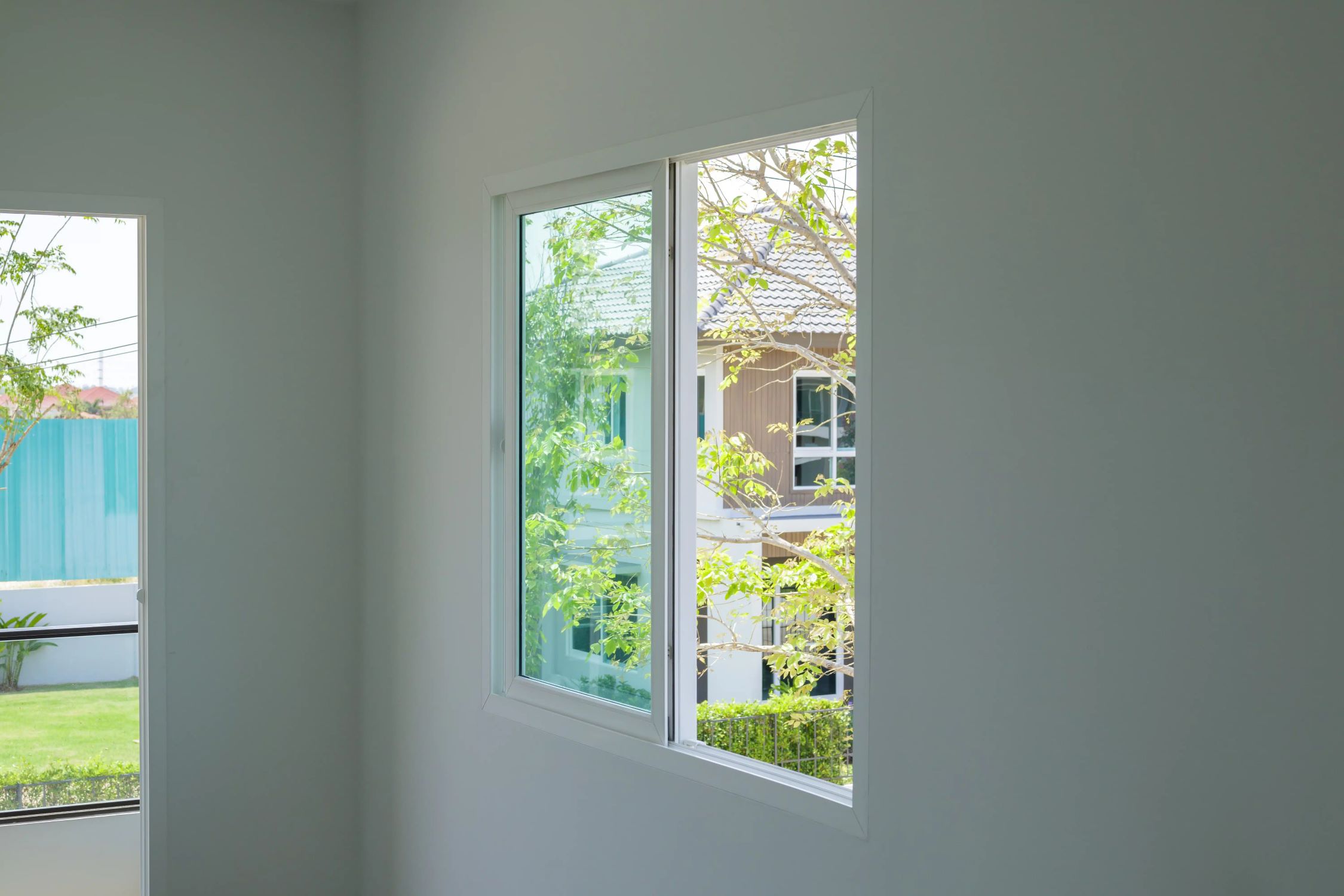
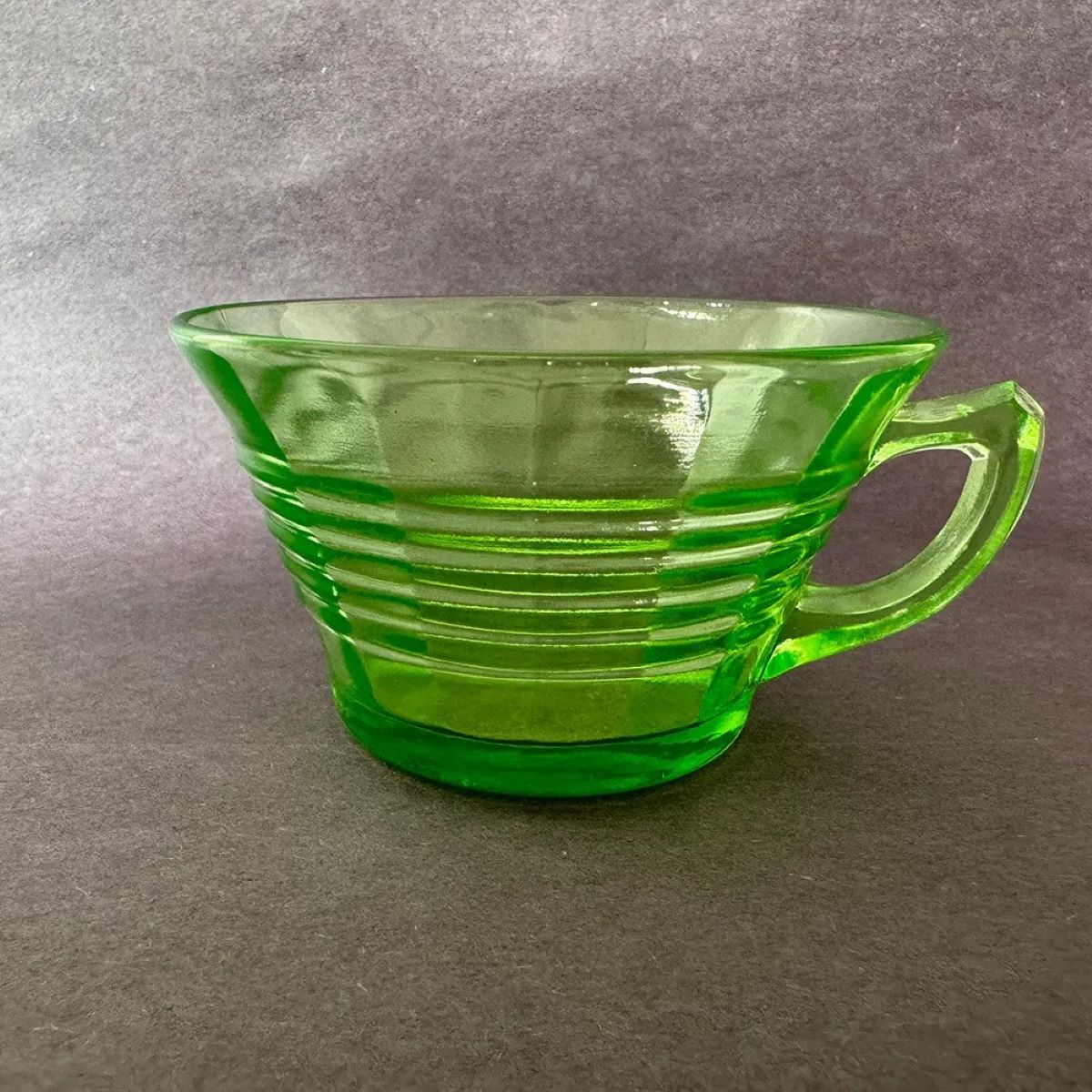

0 thoughts on “Where Did Glass Blowing Originate”